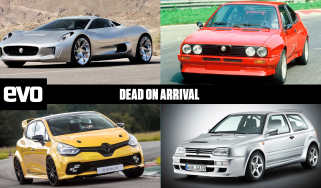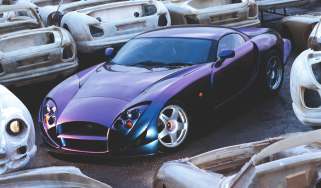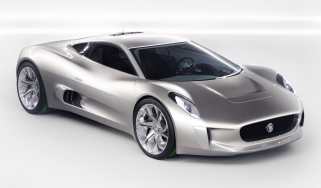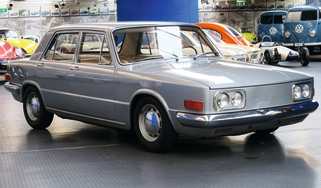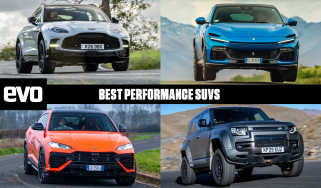Leyland Force 7 – dead on arrival
This V8-powered hatchback was all set to take on the Australian muscle car establishment until the twin 1970s woes of the oil crisis and Leyland build quality intervened

It wasn’t just battling giants Ford and Holden that once built cars in Australia. For many decades British Leyland and its forebears assembled various Austin, Morris and Wolseley designs there, and in 1973 the company went one better when it announced its first unique, made-for-Australia model, the P76.
Marketed on its Aussie-centric design, including the ability to fit a 44-gallon steel drum in the boot, the P76 was a large, rear-drive saloon powered by a 2.6-litre straight-six or a 4.4-litre version of Rover’s Buick-derived V8. It was big, it was rugged, it was available in punning colours such as Home On Th’Orange and Oh Fudge, but it was not especially exciting. That didn’t matter though, because a year after the saloon went on sale Leyland planned to launch a coupe version, called the Force 7.
This would be way more alluring than the dowdy saloon, not least for its more rakish Michelotti styling, which shared no panels with its four-door sister. Running a meaty V8, offering a choice of manual or automatic gearbox, and with options including a performance kit, lower gearing and a limited-slip diff, the Force 7 had the potential to be a Down Under muscle car with the added utility of a massive hatchback (if not the barrel lugging capacity of its saloon sister). Leyland Australia reckoned it would be ideal for anyone who needed an exciting but practical car but steadfastly refused to buy an import, and the company had such faith in its potential that they spent what was left of the meagre P76 development budget on seeing it through to production at the expense of the planned estate version.
> Lotus M90 Elan – Dead on arrival
The Aussie car media shared Leyland’s excitement about the Force 7, running regular rumours about its imminent arrival until Wheels magazine was able to splash a spy shot of a bright orange example across the cover of its August ’74 issue, two months after the car was supposed to have gone on sale. It turned out what they’d actually published were photos of a dead man walking.
By 1974 Leyland’s Australian outpost was in trouble, not least because early quality issues and the ongoing oil crisis had turned the P76 into a sales disaster. Realising that a fully home-grown car had been an ambition too far, Leyland decided to save its skin by killing off the P76 and closing the Sydney factory where it had been in production for little more than a year. When the saloon died, the unlaunched Force 7 coupe went with it.
Of the 56 coupes that made it down the production line before the axe fell, eight were auctioned off on the understanding they were not road legal, one was kept by Leyland Australia and one was shipped to the UK where it briefly became the personal transport of BL boss Lord Stokes. These ten survivors exist to this day. The remaining cars were stripped of any useful parts then crushed by dropping redundant panel dies onto them with a forklift.
Despite the model’s untimely death, Wheels got hold of a Force 7 for a road test and printed their findings under a robustly Aussie headline that made clear their feelings about the fate of this stillborn local hero: ‘What a bloody shame’.
